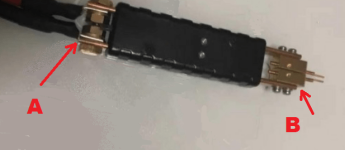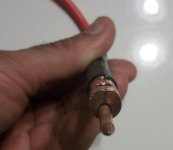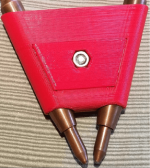1. No PIC, those are much too slow for this taskmk77 said:NIce work! a definite improvement - I like the automated feature - wish
I could get it implemented in my dual pulse unit.... anyway....
Couple quick questions:
1. Which PIC/MCU is used? ((not that it matters - just curious))
2. Will cleaning the electrode tips help with the "resistance issue"? I use
a dual pulse welder built from an E.S. thread a few years ago and find keeping
my tips clean of carbon build up really helps with weld-spot quality. I
use tungsten electrodes - here it's called elkonite.
3. Since the kWeld unit (if I understand correctly) measures the weld-point
resistance for each weld, is it possible for it to also calculate the
required energy to make that weld vs manually setting a number of joules?
Of course, an additional needed parameter would be the type of tab
material/thickness; but it would seem trying to keep a uniform
pressure by hand (and thus bonding contact) on the electrodes
may be compensated by calculating the required energy needed
for a given contact resistance..... or am I trying too hard???
Thanks.
2. What do you mean with "resistance issue"?
3. kWeld measures the amount of energy (= heat) that is dumped into the weld spot. This improves the weld repeatbility and makes it farily independent from dirt or corrosion on electrode tip / nickel tab / battery. I had the idea to use the measured resistance to estimate the spot temperature, but the data curves actually don't allow that (both shape and spread). I dropped this quickly because that would probably have had a negative impact on repeatability.




